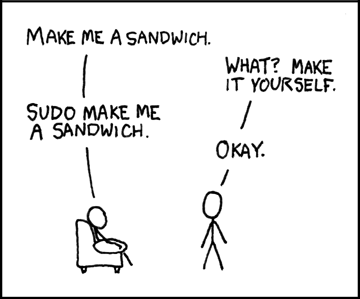Local logins are created when an already logged in user opens a Terminal window. Each terminal window is a separate ‘login’ process. If you have six Terminal windows (or tabs) open, you have six ‘login’ processes.
In the last article, I showed how you can find these processes using other log types. Let’s see what local logins look like in unified logs. Trying to create a query from these, I ran into an issue trying to filter for the ‘login’ process which makes a great learning example.
If I try to use ‘processImagePath’ I get lots of unnecessary entries from ‘loginwindow’ or any other process that might have ‘login’ in the name. This is because the process that we see in the default ‘log’ output is actually part of a path as the field ‘processImagePath’ suggests.
log show --predicate 'processImagePath contains "login"'We can use a different output style to see these paths. I used JSON for the output in the screenshot below.
log show --predicate 'process contains "login"' --style jsonTo filter specifically for the ‘login’ process, I will use ‘process’ instead of ‘processImagePath’ which will just filter on the process name. As an example, I changed ‘contains’ to ‘=’ in the first command line to show it is looking for just the term ‘login’. This shows no results due to using ‘processImagePath’ instead of ‘process’.
log show --predicate 'process = "login"'Getting back to those ‘login’ processes, I created the query below. While not perfect it does show some interesting items.
log show --info --predicate '(processImagePath contains "opendirectory" and eventMessage contains "Client:") or process = "login"'In this test, I just opened a new tab in Terminal and performed a few commands.
The query output shows the ‘login’ process as well as a few ‘open directory’ entries. Not all of these are related to this Terminal action, but these can be visually filtered out by using process IDs (40881, 40882). While this does show a new Terminal window opening via the ‘login’ process we also see the exiting action for ‘zsh’ and ‘login’.
Unfortunately, I have found that these particular ‘opendirectoryd’ processes will expire in a very short time period (~90 minutes) therefore I might revert back to other logs to extract this information as show in this syslog output.
Can you really have ‘login’ inception? Yes! (I’m using the ‘login’ command here to login to various user accounts in the same shell. 🤪)



